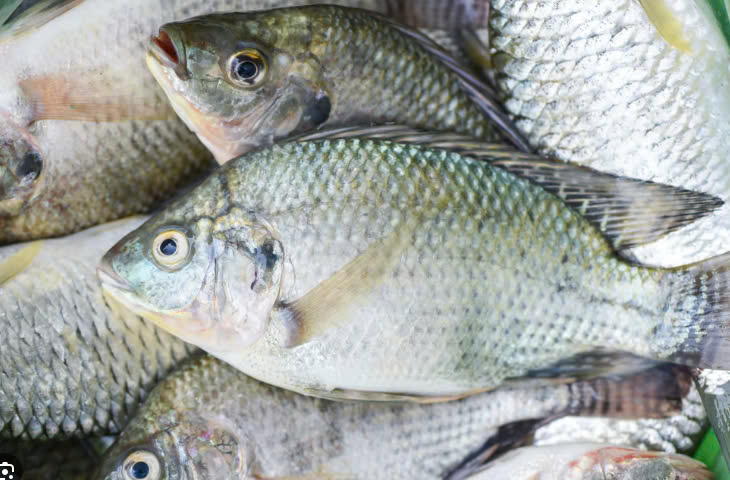Tilapia is increasingly viewed as a promising aquaculture species in Tra Vinh province, particularly in the face of black tiger shrimp seed shortages and rising environmental risks in aquaculture. Under the Climate-Smart Agriculture Value Chain Development Project, several households have adopted integrated farming models combining tilapia and whiteleg shrimp, achieving both economic efficiency and improved pond environmental conditions.
With an average farming area of 1 hectare, the integrated model yields 200,000–300,000 shrimp and 600,000–700,000 tilapia per hectare, generating estimated profits of VND 500 million per hectare — with shrimp contributing around VND 150 million. Intensive mono-culture of tilapia has even higher profitability, approximately double that of integrated farming.
Tilapia, in particular, is easier to manage than shrimp and less dependent on water conditions. Treated water from tilapia ponds can be reused for shrimp farming, reducing costs and helping prevent disease outbreaks.

However, Tra Vinh currently relies on interprovincial partnerships for tilapia seed supply. To support the expansion of the model, it is essential to proactively develop high-quality tilapia fingerling production.
According to the local Department of Agriculture and Rural Development, given the volatility of shrimp prices, tilapia farming presents a viable strategy for product diversification, income generation, and climate change adaptation. The province is encouraging replication of the model, promoting value chain linkages and new technologies to ensure sustainable development.